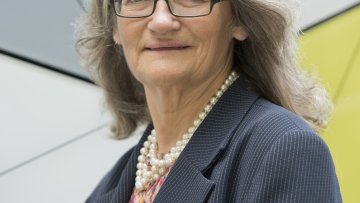Homotopical properties of the diffeomorphism group of a smooth homotopy sphere
Abstract
It is hard to detect the exotic nature of an exotic n-sphere M
in homotopical features of the diffeomorphism group Diff(M). The well
known reason is that Diff(M) contains a big topological subgroup H which
is identified with the group of diffeomorphisms rel boundary of the
n-disk, with a small coset space Diff(M)/H which is invariably homotopy
equivalent to O(n+1). Therefore it seems that our only chance to detect
the exotic nature of M in homotopical features of Diff(M) is to see
something in this extension. (To make sense of "homotopical features of
Diff(M)" one should think of Diff(M) as a space with a multiplication
acting on an n-sphere.) I am planning to report on PhD work of O Sommer
and calculations due to myself and Sommer which, if all goes well, would
show that Diff(M) has some exotic homotopical properties in the case
where M is the 7-dimensional exotic sphere of Kervaire-Milnor fame which
bounds a compact smooth framed 8-manifold of signature 8. The
theoretical work is based on classical smoothing theory and the
calculations would be based on ever-ongoing (>30 years) joint work
Weiss-Williams, and might give me and Williams another valuable
incentive to finish it.


